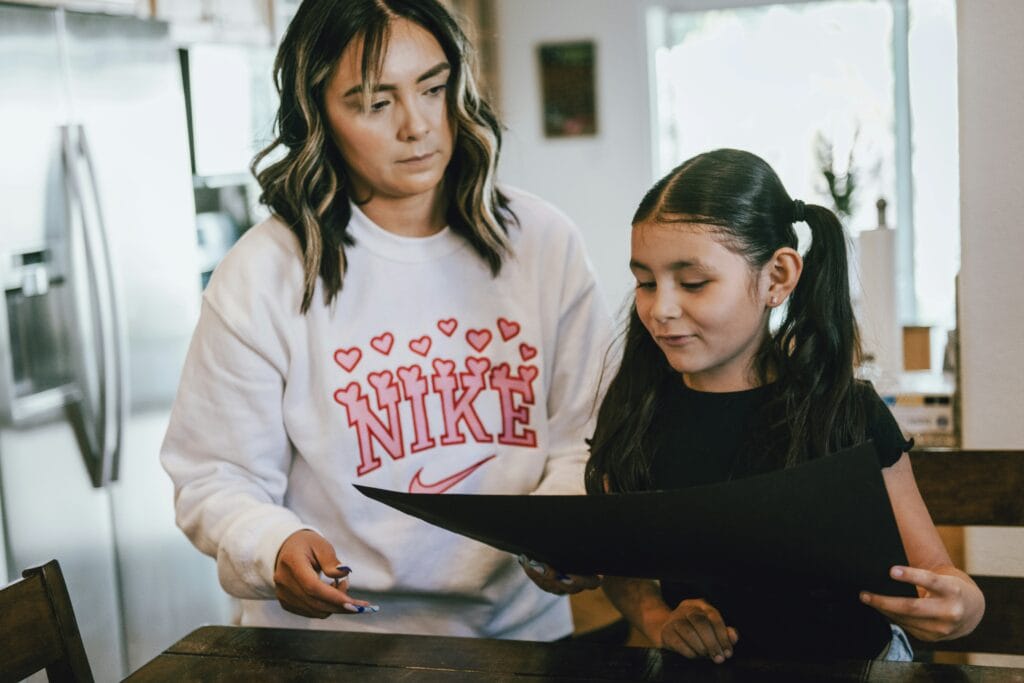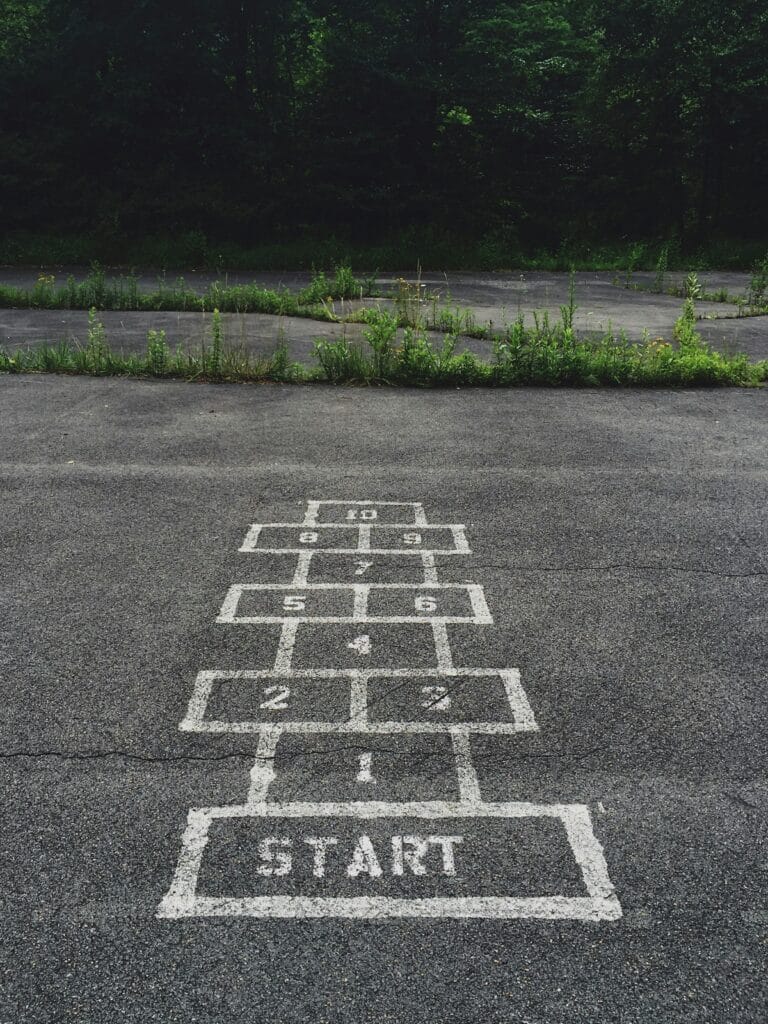The start of a new school term can feel exciting—but also a little overwhelming. New teachers, increased academic pressure, social shifts, homework loads… it’s a lot for young minds to process.
While we can’t wrap them in cotton wool (tempting though it is), we can focus on helping children build resilience—so they’re better equipped to cope with life’s little wobbles, both in and out of the classroom.
Building resilience doesn’t mean expecting kids to tough everything out. It’s about helping them bounce back, ask for help when they need it, and believe they can handle challenges—even if they don’t have all the answers right away.
🌱 1. Let Them Struggle (A Bit)
It’s hard to watch your child find something tricky—whether it’s long division, making new friends or dealing with a tricky teacher.
But swooping in to fix everything can unintentionally teach them that they can’t cope without you.
Instead:
- Offer support, not solutions
- Let them try first before stepping in
- Praise effort rather than outcome (“You worked so hard on that!”)
Those little moments of struggle are where growth and confidence take root.
🧠 2. Talk About Feelings—All of Them
Children need to know it’s OK to feel sad, angry, frustrated or anxious. Big feelings don’t need to be “fixed”—they need to be acknowledged.
Try:
- “That sounds hard. Do you want to talk about it or just sit with it for a bit?”
- “Sometimes I feel nervous before new things too.”
- Using age-appropriate emotion charts or stories to open up conversations
Modelling emotional honesty helps kids feel safe doing the same—and builds their emotional literacy for life.

🎒 3. Build Daily Routines That Ground Them
When the world feels uncertain, routines help children feel secure.
A few anchors to try:
- A consistent morning routine (with enough time to avoid chaos)
- Regular mealtimes and after-school check-ins
- A predictable bedtime routine to wind down
- A weekly planner they can help update with school, clubs and playdates
Even something as simple as a “Monday night pasta” tradition can give them a sense of stability in a busy week.
💬 4. Reframe Failures as Learning
Kids will mess up. They’ll forget homework, lose jumpers, and flub their lines in assembly. (We all did.)
The goal is to help them see mistakes as part of the process—not a reflection of their worth.
You can say:
- “What do you think you’ll do differently next time?”
- “That was hard—but you got through it.”
- “Making mistakes is how we learn.”
This kind of growth mindset talk builds resilience by showing them they can recover, reset, and try again.
🧩 5. Encourage Problem Solving (Without Jumping In)

It’s natural to want to fix every playground tiff or forgotten reading book. But the more you coach them through problems instead of around them, the more resilient they become.
Try:
- “What do you think you could try?”
- “Want help coming up with a plan?”
- “Who could you talk to at school about this?”
Even if they don’t get it right the first time, you’re giving them tools they can use independently next time.
🧘 6. Make Time for Calm and Connection
Busy kids need downtime too.
Ways to create calm:
- Quiet screen-free time after school
- Nature walks or time outdoors
- Journalling, colouring or reading
- Family chats at dinner or before bed
Resilience builds when kids feel emotionally safe and connected to their grown-ups. A 10-minute chat about the day, a cuddle on the sofa or even a silly dance-off in the kitchen can work wonders.
🧡 7. Celebrate Small Wins
Resilience isn’t always built in dramatic moments—it grows in the quiet wins too.
Celebrate:
- Speaking up in class
- Navigating a tricky friendship moment
- Trying something new at school
- Bouncing back from disappointment
It’s these moments that build their inner strength—and your encouragement gives it roots.
Final Thoughts
Helping children build resilience doesn’t mean pushing them to “toughen up” or expecting them to handle more than they’re ready for. It means offering empathy, boundaries, and the gentle push to keep trying—even when it’s hard.
This term, let’s give our kids the space to grow, the safety to fall, and the support to rise again—stronger each time.


